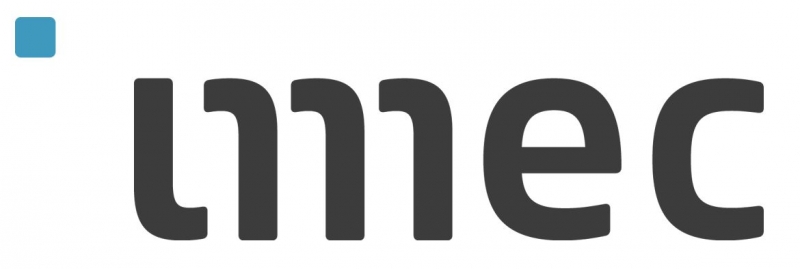| Tuesday, November 10, 2020 | |
Materials Day |
|
| 12:00 | Opening Remarks by the session moderator |
| 12:05 | Strategies for Doping 2D Transition Metal Dichalcogenides: Atomic Layer Deposition of p-type Al-doped MoS2 |
Vincent Vandalon, Postdoctoral researcher, Eindhoven University of Technology Strategies for Doping 2D Transition Metal Dichalcogenides: Atomic Layer Deposition of p-type Al-doped MoS2
 Abstract Biography |
|
| 12:30 | InGaZnO4, a New Material for Nano-electroncs |
Harold Dekkers, Expert, imec InGaZnO4, a New Material for Nano-electroncs
 Abstract Biography |
|
| 12:55 | Heterogenous Integration – A key enabler for electronic systems |
Rolf Aschenbrenner, Deputy Director, Fraunhofer IZM Heterogenous Integration – A key enabler for electronic systems
 Abstract Biography |
|
| 13:20 | Reserved for session sponsor |
| 13:40 | Revolutionary light-emitting silicon in Nature, Prof. Dr. Jonathan Finley, Chair for Semiconductor Nanostructures and Quantum Systems, Walter Schottky Institut and Physik Department, Technische Universität München, Germany |
| 14:05 | Coffee break |
| 14:30 | tba soon |
| 14:55 | Reserved for session sponsor |
| 15:15 | Thin Film Processing of Innovative Ionic Synaptic Transistors for Neuromorphic Applications |
Sami Oukassi, Senior research Scientist, CEA Thin Film Processing of Innovative Ionic Synaptic Transistors for Neuromorphic Applications
 Abstract Biography |
|
| 15:40 | The role of chemistry in advanced ALD and CVD precursor design Dr Paul Williams, Technical Director, Pegasus Chemicals Limited |
| 16:05 | SAW and BAW - Current and Future Materials Technology for new Antennas, Prof. Amelie Hagelauer, University of Bayreuth |
| 16:30 | Closing remarks and end of session |